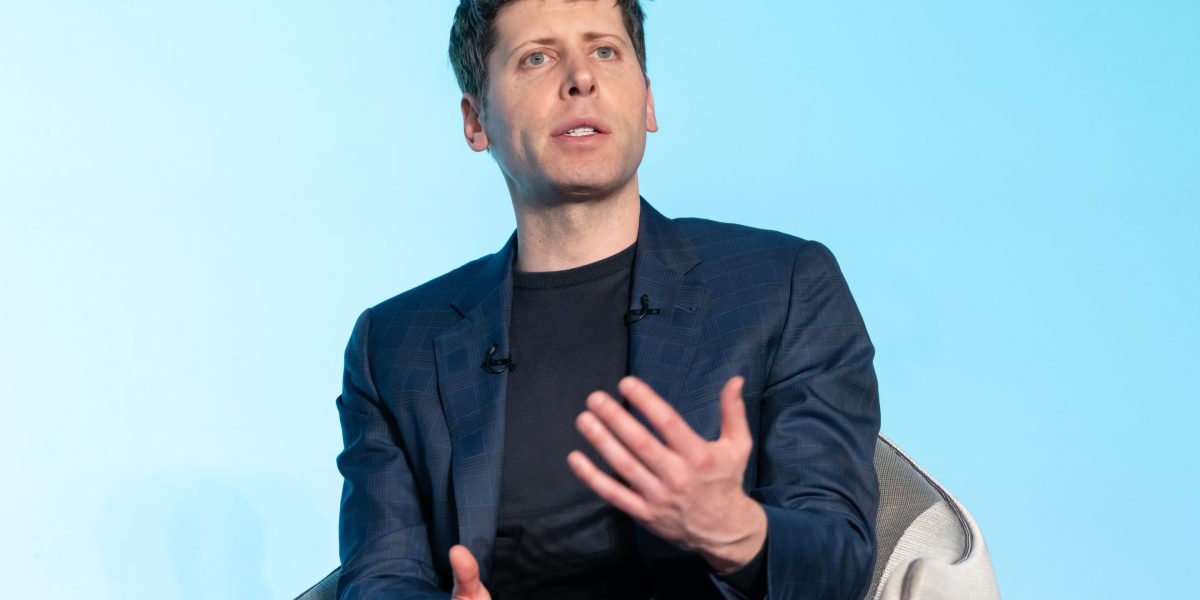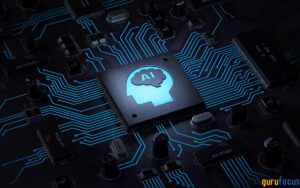Ex-OpenAI Employees Call on Attorneys General to Prevent For-Profit Restructuring

Concerns Regarding OpenAI’s Transition to Profit
Background on OpenAI
OpenAI initially emerged as a nonprofit organization with a mission to advance digital intelligence in a way that benefits humanity. Founded in December 2015, it aimed to ensure that artificial intelligence (AI) technology, like its products including ChatGPT, was developed responsibly and ethically. However, recent discussions surrounding a potential shift to a for-profit model have raised serious concerns among former employees, advocacy groups, and state regulators.
Rising Opposition to For-Profit Restructuring
There has been a noticeable outcry from former OpenAI employees and external critics regarding the company’s plan to restructure into a for-profit entity. Many former staff members, who were once dedicated to OpenAI’s mission, are now actively campaigning against this transformation. They argue that switching to a for-profit model could undermine the organization’s foundational commitments to safety and ethical AI deployment.
Key Concerns Raised by Critics
Ethics and Safety Risks: Critics argue that prioritizing profits may lead to ethical compromises, potentially heightening risks associated with AI technology. Concerns persist that a profit-driven agenda could incentivize the development of systems without adequate safety measures or oversight.
Mission Drift: There is fear that the shift in focus from nonprofit principles to profit may deviate from OpenAI’s original goals of advancing AI for the greater good. This mission drift could endanger the commitment to responsible AI practices.
- Industry Predatory Behavior: The transition might push OpenAI to engage in more aggressive commercial practices, such as monetizing sensitive user data or prioritizing lucrative partnerships with corporations over community-friendly initiatives.
Legal and Regulatory Actions
As the tension escalates, former employees have reached out to state attorneys general in California and Delaware, requesting them to block the restructuring efforts. Their formal petitions suggest that such a move is not only ethically questionable but also potentially illegal. They emphasize that transitioning a nonprofit organization into a profit-oriented entity could pose risks to public interest.
Support from Broader Coalitions
It’s not just former employees expressing dissent. A diverse coalition of stakeholders, including advocacy groups and concerned tech experts, has joined this effort. Many are voicing their opinions in various forums and have taken to social media to raise awareness about the potential consequences of OpenAI’s shift.
Some prominent criticisms include:
Transparency Issues: Many emphasize that a profit-driven agenda may lack the transparency that was characteristic of OpenAI’s initial operations. This could lead to opacity in decision-making and development practices.
- Commercial Exploitation: Advocates for responsible AI development worry that this transition could lead to the commercial exploitation of AI, whereby the focus becomes profit maximization rather than addressing real-world problems.
The Public Response
The broader public reaction to OpenAI’s proposed restructuring has been mixed. On one hand, there are individuals who understand the necessity for funding in technological advancement and support the idea of generating revenue. However, a significant segment of the public remains skeptical, arguing that the pursuit of profit could come at the expense of ethical considerations and community trust in AI technologies.
Summary of the Current Situation
The debate over OpenAI’s transition to a for-profit model illustrates broader concerns about the integrity and safety of AI technology. As the conversation evolves, the organization’s next steps and responses to the mounting pressure from both former employees and the general public may significantly influence the future trajectory of artificial intelligence development.





